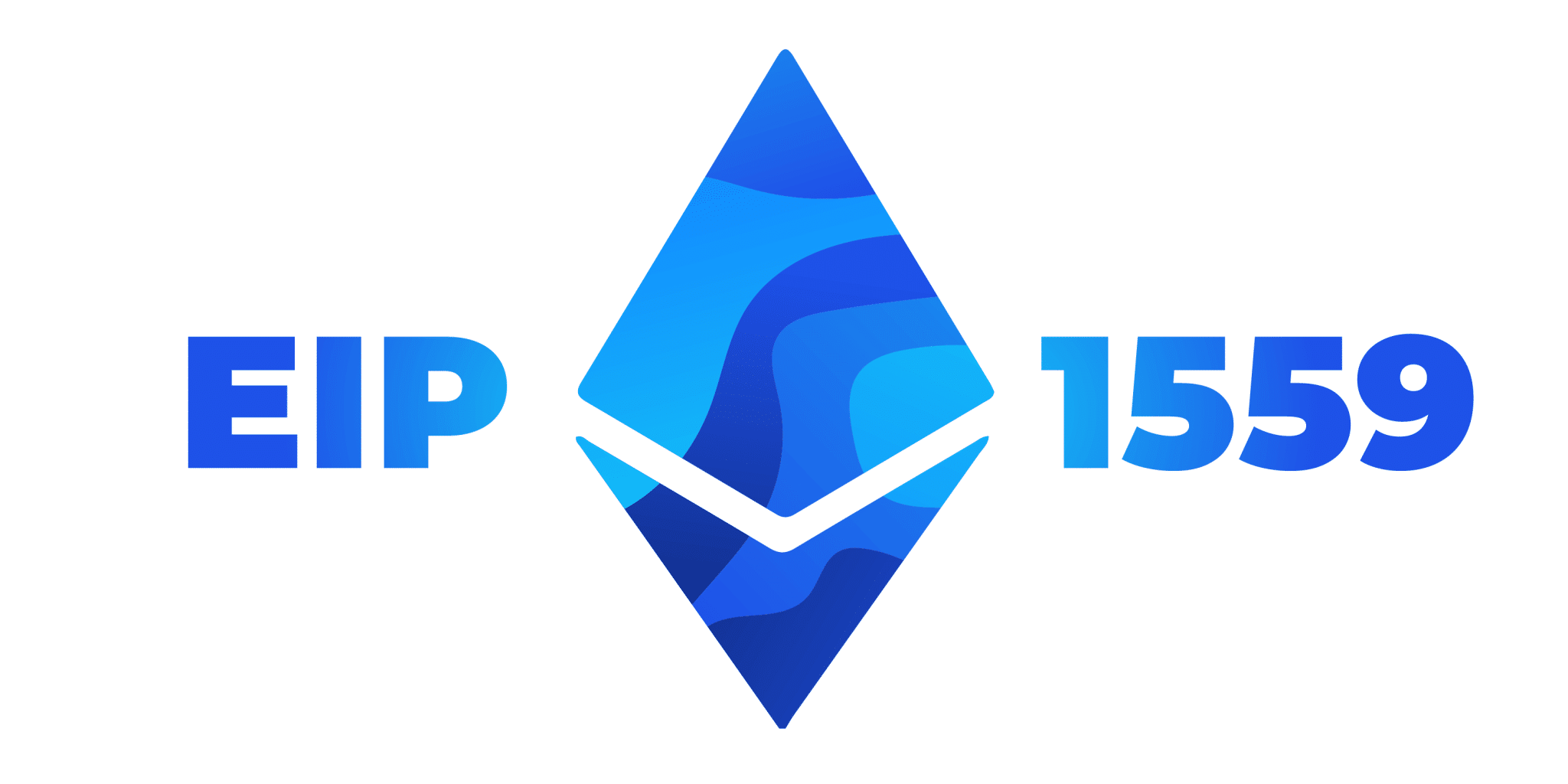Vitalik Buterin originally proposed EIP-1559 in 2018 to increase the effectiveness of transactions on the Ethereum network. The best way to price gas fees, which are the transaction costs paid for block inclusion, is with a mix of basic fees and tips.
An algorithm chooses the basic fees that are burnt. Users must pay at least these amounts to include their transactions in an Ethereum block. Tips are extra charges that users may add to incentivize miners to give their transactions priority. The goal of EIP-1559 is to increase the effectiveness and transparency of the charge pricing system while also enhancing the user experience.
EIP-1559: What Is It?
Standard specifications for the Ethereum platform, such as protocol specifications, API specifications, and contract specifications, are included in the Ethereum Improvement Proposal (EIP). These ideas are intended to improve Ethereum’s platform. An EIP can be created by anyone, but it must be approved by the API developers before it can be used.
As of July 2021, EIP-1559 will replace Ethereum’s current gas pricing system. In response to network congestion, block sizes will increase or decrease in response to a fixed per-block network charge (burnt).
The plan includes the following major reforms:
- As a “market rate” for block inclusion, the protocol estimates introducing a “base charge” for each transaction. Even now, users may tip to favour inclusion.
- After that, the base fee is burnt rather than going to the miners; thus, it is essentially given to the network.
- With a fixed gas objective of 15 million gas per block, replacing the existing block gas restriction limits the number of activities and transactions that may be included in a block. In addition, essentially dictating user fee amounts makes it simpler to implement variable block sizes.
This leads to volatility in transaction fees rather than volatility in block sizes.
EIP-1559: Why Is It Important?
EIPs don’t often get media attention, but EIP-1559 has. So what makes this new proposition so noteworthy? What does it mean?
With EIP-1559, a gas pricing algorithm takes the role of Ethereum’s auction-style pricing mechanism. There are various reasons for doing this:
1. Reducing the price of ETH
Whenever Ethereum blocks are mined, two new currencies are created. As a result, there is an infinite supply of Ether. Ether’s value will gradually decline as more coins are produced and made available to investors.
In EIP-1559, the base fee is burned instead of rewarded to miners, thus removing coins from circulation. This burning process balances out the endless supply of ETH coins.
2. Transparency in Transaction Fees
Gas prices won’t necessarily be reduced under EIP-1559, but they will become more predictable. This is because transaction fees under the auction fee system are subject to the whims of the market. EIP-1559, however, limits charge changes to 1.125 times each block. This stabilises and regulates the erratic Ethereum fee market. Users will be able to anticipate their spending with each transaction instead of placing blind bids.
3. Increase Market Efficiency for Fees
EIP-1559 suggests variable block sizes could double the set gas goal of 15 million gas per block. There is a difference in the gas charge between blocks with more than 15 million gas and those with less than 15 million gas. As a result, the system is not overburdened with huge blocks, so there is no block gas restriction.
This is the opposite of the current Ethereum fee market. A block gas limit must be gradually increased to accommodate more pending transactions. The process is inefficient and cumbersome.
Through EIP-1559, precise fee calculations are made possible, improving market efficiency. By bidding for block space, the current auction system permits miners to postpone transactions without charging excessive fees.
What Makes EIP-1559 Unique?
The EIP-1559 stands out from the other Ethereum enhancement proposals since it suggests a new means of paying for transaction fees on Ethereum. Currently, gas is required to complete every operation on the Ethereum network. However, the network decides how much gas to use, and this quantity is intended to be proportionate to the amount of processing required to accomplish the task.
In the present method, known as a first-price auction system, miners prioritise Ethereum transactions of users who pay the highest fees for their transactions to maximise block rewards. First-price auctions allow users to process their transactions on the blockchain faster the more gas they buy.
A user can earn a spot in an Ethereum block by offering two gwei if other users bid only one gwei. However, if other users are bidding on only one gwei and you are prepared to spend up to 5 gwei, then you will only need to offer two gwei. A bid of five gwei, however, might result in a significant overpayment due to the lack of transparency in the existing auction system (and your pricing should reflect this).
Overpaying for transitions is particularly evident in the complexity and inefficiency of this pricing structure.
This first-price auction is abandoned in favour of the fixed-price selling mechanism under EIP-1559. The fixed-price offer operates similarly to how you would purchase food in a store. You may choose to pay the fee that the protocol has fixed or not.
In EIP-1559, the essential cost adjusts automatically as network activity changes, rather than requiring the user to choose its price. To assist with bidding levels, third-party websites have calculated network congestion in the past.
By delegating the computation of base fees to the protocol, EIP-1559 does away with this need. Additionally, since the network determines optimal block space pricing, users won’t be charged excessive fees for network resources. Still, users may tip to attempt to be noticed.
ETH: Base Fee
The basic fee is the minimal amount of gas required under EIP-1559 for users to complete a transaction in Ethereum. The amount of space used on each Ethereum block affects the price. On Ethereum, a block should contain 15 million gas. However, EIP-1559 will enable block sizes to double when network traffic is high.
The basic charge may rise by up to 12.5% if blocks are more than 50% filled and exceed the desired block size. In contrast, the basic charge may decrease by up to 12.5% when network congestion lessens, and block space is overused, for example, if it returns to 0.
Mechanism of Burn
The basic charge, which customers may only pay with Ether (ETH), the native cryptocurrency of Ethereum, is immediately burnt after payment and deducted from the amount of ETH in circulation. As there is no benefit to them, this prevents miners from intentionally clogging the network to raise costs. Each basic fee payment for transactions on Ethereum also lowers the available supply of ETH thanks to the fee-burning mechanism.
ETH: Tipping
EIP-1559 doesn’t completely strip miners of incentives, however. For example, users may choose to pay the tip (or inclusion) costs in addition to the standard price if they want their transaction to be prioritised. The tip charge is paid directly to the miners to encourage them to execute some transactions before others.
What Effect Will EIP-1559 Have?
EIP-1559 was created to enhance both the user experience and the Ethereum pricing model. Let’s examine how EIP-1559 impacts the various Ethereum stakeholders now that its mechanics have been described.
Ethereum miners
Transaction fees usually make up roughly 5% of the earnings of Ethereum miners. Nevertheless, network congestion has recently caused this number to rise to 50%. As a result, miners will lose a significant chunk of this money if EIP-1559 is accepted. According to experts, miners will see a loss in income of 25% over a year and a 35% reduction over six months if transaction fees, which now account for 99% of miner revenue, are incinerated and just 1% are replaced by tip or inclusion fees.
In EIP-1559, other mining revenue streams, including the block subsidy of 2 ETH per block and miner extractable value (MEV), are left unaltered.
The danger associated with the anticipated decline in mining income is that miners could choose not to support EIP-1559. Miners’ potential to switch off their equipment might expose the Ethereum network to a 51% assault since running expenses exceed profits. A 51% assault occurs when a single miner or a group of miners amasses enough computing power to exceed 50% of the overall hash rate.
Ethereum Users
The fee pricing method in EIP-1559 will become more predictable and transparent, which will benefit users on the Ethereum network. They won’t underestimate the cost of transactions, preventing them from spending too much on transactions and delaying them.
We still don’t know the entire effect on transaction costs. According to Eric Conner, who contributed to the development of EIP-1559, the new charge structure might reduce transaction costs by 90%. EIP-1559 could alter Ethereum’s high fees, which have been a major source of user complaints, although this is not a given. This is so because only a certain amount of transactions may be processed by the Ethereum network at once.
Despite customers offering large fees for them, some transactions on the Ethereum network have lingered in the pending state for hours. So no matter how much you bid, it may still be frightening for any user not to know whether their transaction would be included in the next few blocks.
Investors
Ether has a limitless supply, unlike Bitcoin, which makes it undesirable as a means of investment. When a transaction is completed, the integrated burn mechanism in EIP-1559 removes a variable quantity of Ether from circulation to counterbalance the overall supply rise. As a result, the inflationary pressure on ETH prices brought on by additional issuance will be mitigated.
The quantity of ETH lost in this manner directly results from network activity. The quantity of ETH permanently withdrawn from the system increases in direct proportion to the number of transactions executed on the network. As a result, a feedback loop will develop between Ether’s value and utilisation of the Ethereum network.
When network activity is so great that the base fee burnt exceeds the daily block reward issuance, Ethereum’s monetary policy becomes deflationary. The growing network traffic can lead to higher demand and a decreasing ETH supply. This might therefore cause ETH prices to rise, which would be advantageous for ETH holders.
How Will EIP-1559 Impact the Price of Ethereum?
EIP -1559 is being developed by the Ethereum team and will include code modifications. It is included in the London hard fork and is scheduled to be live on August 4, 2021. The plan would significantly alter the fee-burning process, which is anticipated to slow the pace at which the quantity of ETH is increasing. As a result, the future supply of ETH may even go negative, meaning that more tokens have been burnt than distributed to the miners responsible for running the network.
Naturally, a higher price results from a decreased supply and rising demand. Therefore, several investors anticipate EIP-1559 to support a favourable ETH price.
Possibilities of the Protocol Change’s Limitations
EIP-1559 does not make an effort to increase the Ethereum network’s capacity to handle more transactions, which is the primary reason for the infamously high fees.
Conclusion
Users shouldn’t have to overpay repeatedly for transactions when EIP-1559 is implemented. Additionally, the adoption of DApps within the Ethereum ecosystem will be aided by the pricing system’s predictability and openness.
For investors, the burn mechanism will put downward pressure on the quantity of ETH, increasing the value of Ethereum. The burning process will also cause miners a 35% pay reduction, compelling some of them to stop working. The implementation of EIP-1559 carries a technological risk in addition to the potential for inciting a miners’ uprising.
In any event, EIP-1559 will fundamentally modify the Ethereum blockchain substantially. Therefore, stakeholders must be informed of the possible effect and be ready for the upcoming changes, including miners, users, and investors.
***





